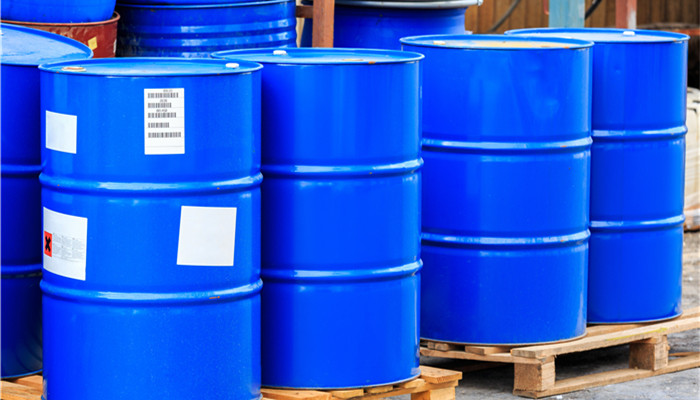
As an important pesticide and pharmaceutical intermediate, 2-chloropyridine industry has broad development prospects.
2-Chloropyridine is an organic compound with the chemical formula C5H4ClN. It appears as a colorless liquid and is toxic. It is flammable when exposed to open flames and high heat. It is insoluble in water and soluble in organic solvents such as ether, ethanol, and chloroform.
There are various production methods for 2-chloropyridine, including multi-step substitution method, pyridine N-oxide method, 2-hydroxypyridine method, pyridine direct chlorination method, etc. Among them, the direct chlorination method of pyridine is the current mainstream production method of 2-chloropyridine. It refers to using pyridine as the raw material, photochlorination with chlorine to obtain 2-chloropyridine and 2,6-dichloropyridine, and then through the separation process to generate The method of 2-chloropyridine has the advantages of easy availability of raw materials and simple operation.
According to the “Research Report on Market Monitoring and Future Development Prospects of China’s 2-Chloropyridine Industry from 2023 to 2027” released by the Industrial Research Center It is shown that 2-chloropyridine is an important organic synthesis intermediate with good physiological activity and can be widely used in medicine, pesticides, daily chemicals and other fields. Specifically, in the field of daily chemicals, 2-chloropyridine can be used in the production of bactericides, anti-seborrheic agents and other products; in the pharmaceutical field, 2-chloropyridine can be used as a raw material for antihistamine and anti-allergic drugs for allergic diseases. Disease and common cold treatment scenarios, it can also be used as raw materials for antiarrhythmic drugs, anti-HIV drugs, central nervous system stimulants, antiarrhythmic drugs, antitussive and antiphlegm drugs, etc. for diseases such as cough, sputum, and cardiac rhythm disorders. Therapy scene.
In the field of pesticides, 2-chloropyridine is a key intermediate for the preparation of the plant growth regulator chlorpyridine, the non-systemic broad-spectrum insecticide and acaricide chlorpyrifos, and the systemic conductive selective herbicide triclopyr. In recent years, against the background of continuous upgrading of domestic pesticide technology and increasingly strict industry supervision, pesticide development is continuously upgrading in the direction of low toxicity, high efficiency, low residue, high selectivity, and high biological activity. Chlorfenuron is a highly active and low-toxic plant growth regulator, and triclopyr is a highly efficient and low-toxic herbicide. Both of them are in line with the current trend of domestic pesticide upgrading. In the future, under the background of continuous optimization of domestic pesticide product structure, the demand for 2-chloropyridine will continue to increase, and the industry development prospects are broad.
Domestic 2-chloropyridine manufacturers include Sichuan Shanshui Technology, Quzhou Hengshun Chemical, Shanghai Yanwu Biology, Henan Jinwei Chemical, etc., mainly small and medium-sized enterprises. Among them, Shanshui Technology is the leading enterprise of 2-chloropyridine in my country. The company has the proprietary technology of continuous production process of chloropyridine series products including 2-chloropyridine, 2,3-dichloropyridine, etc., and can realize 2-chloropyridine. Automated and continuous production, the company’s current annual production capacity of 2-chloropyridine has exceeded 3,400 tons.
Industry analysts said that 2-chloropyridine is an important pharmaceutical and pesticide intermediate. Toxic, efficient, low-residue, highly active pesticides as well as anti-allergic drugs, anti-arrhythmic drugs, anti-HIV drugs, and anti-arrhythmic drugs play an important role in the production scene, and the industry has broad prospects for development. In recent years, my country’s 2-chloropyridine production capacity has been continuously improved, and Shanshui Technology has become a leading enterprise in the domestic industry.

 微信扫一扫打赏
微信扫一扫打赏

